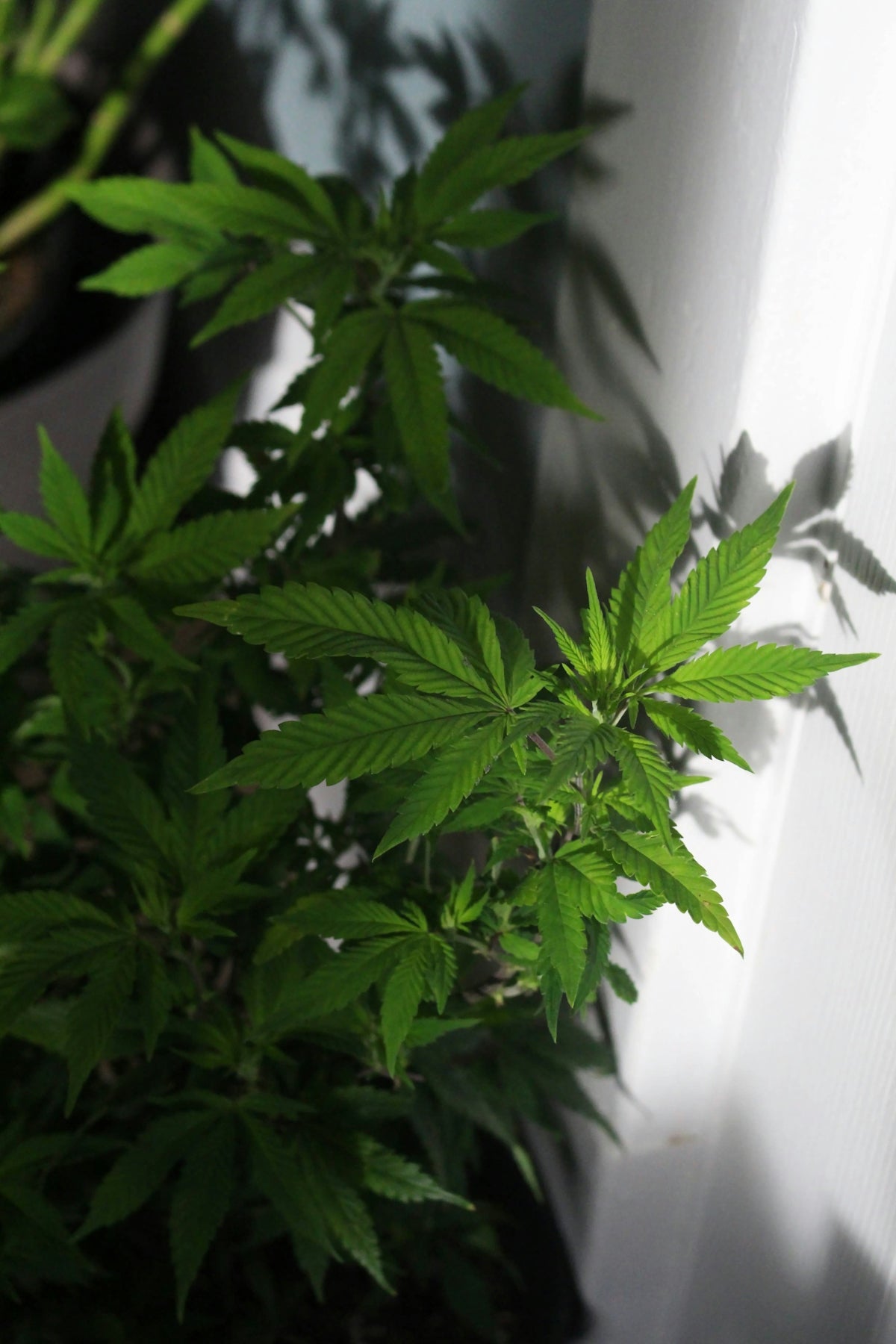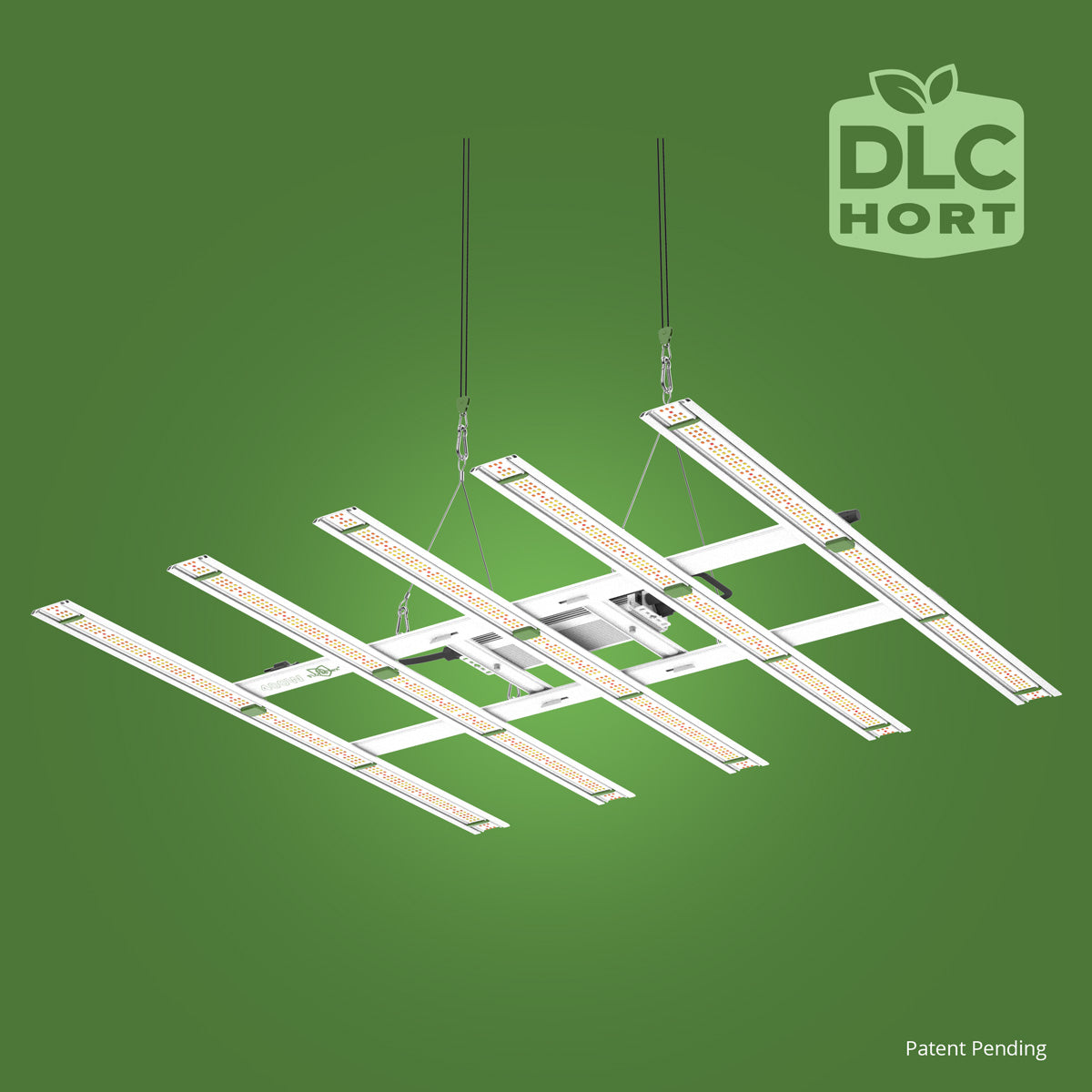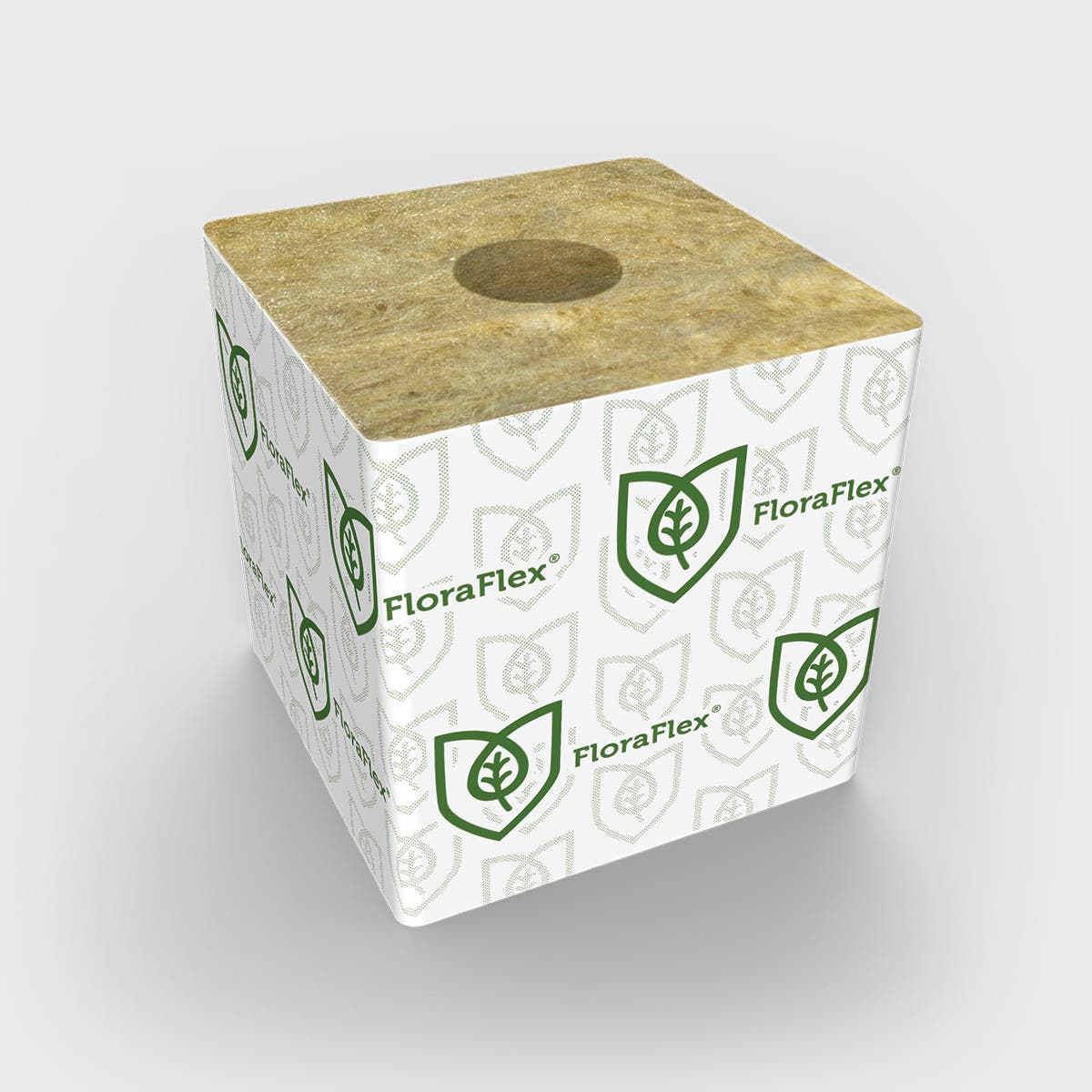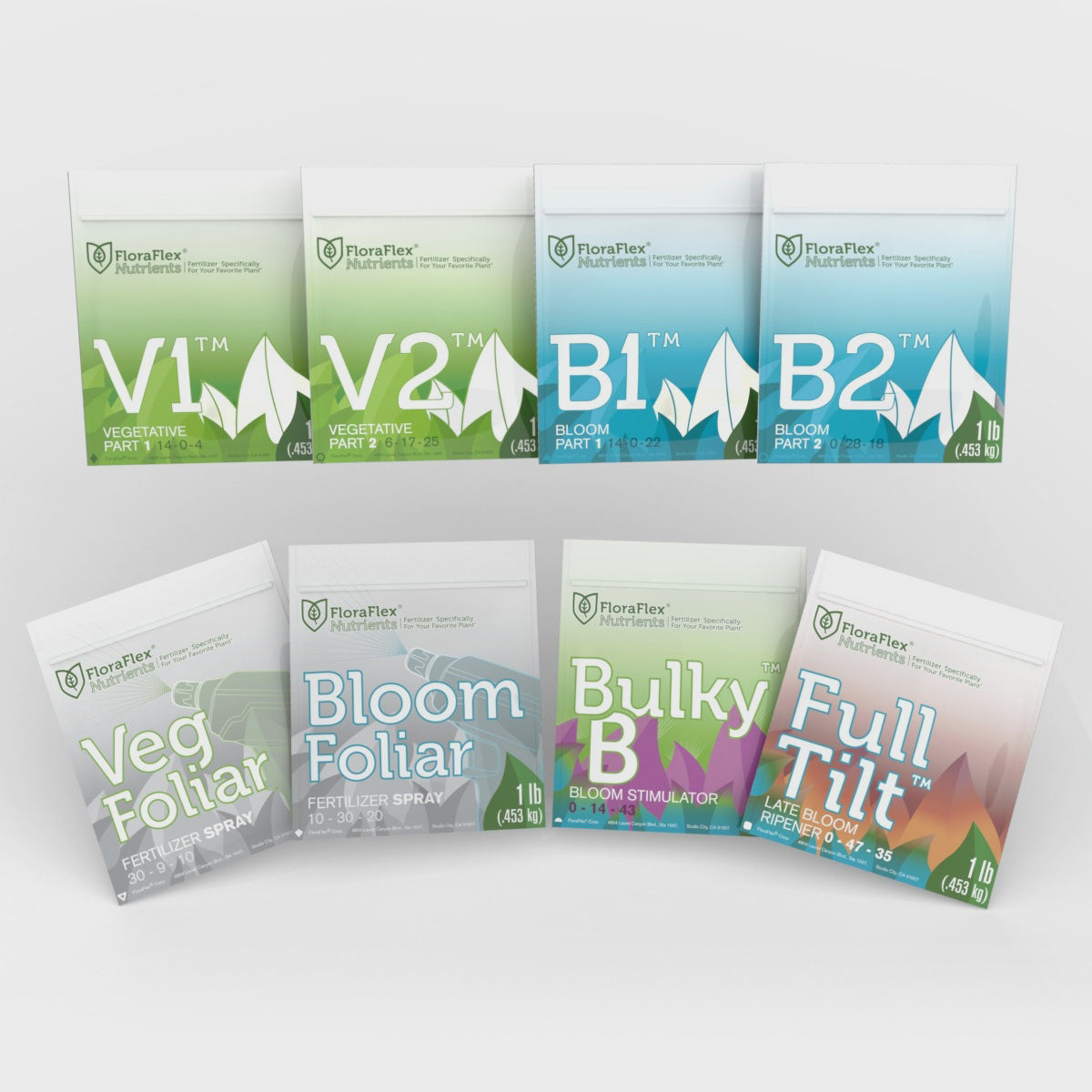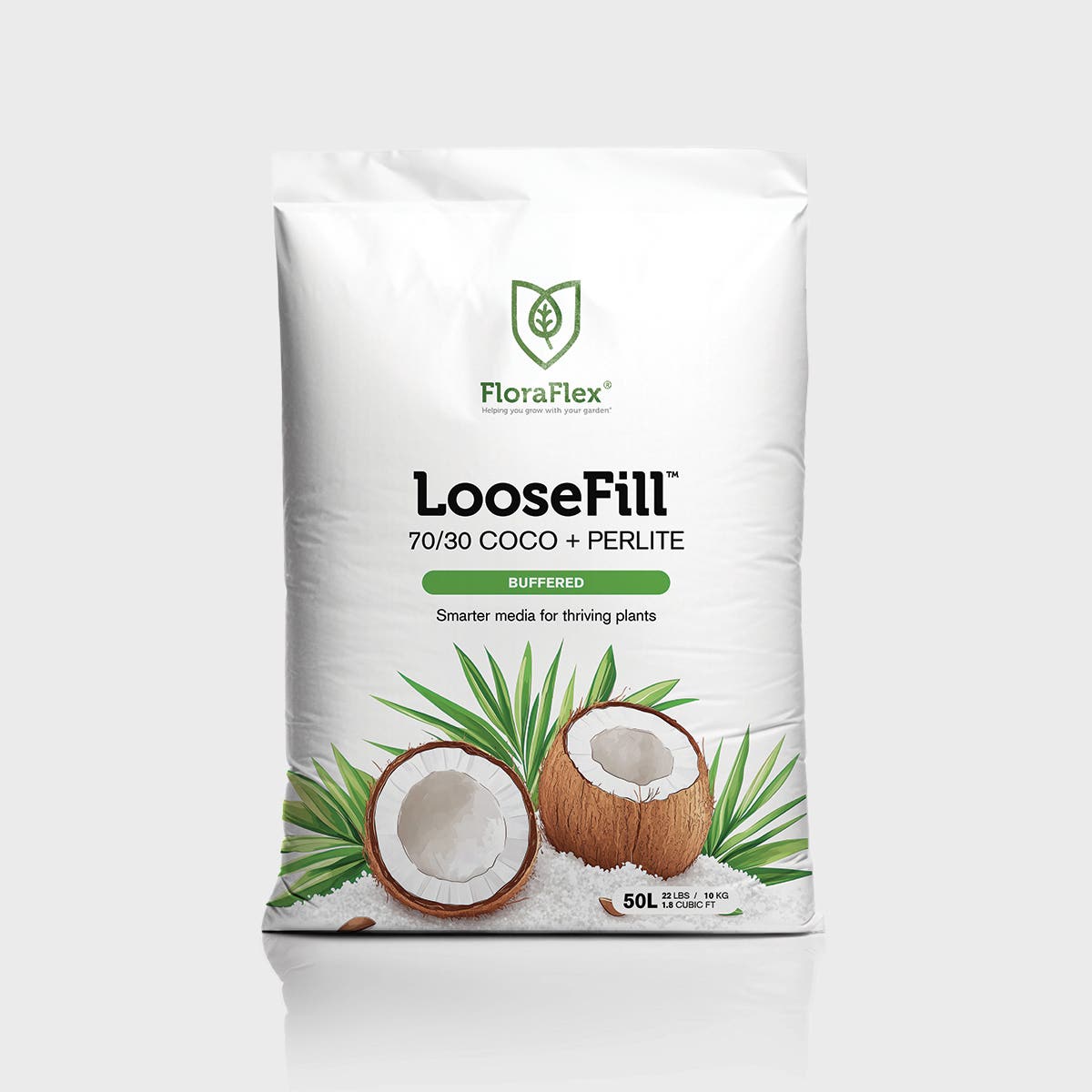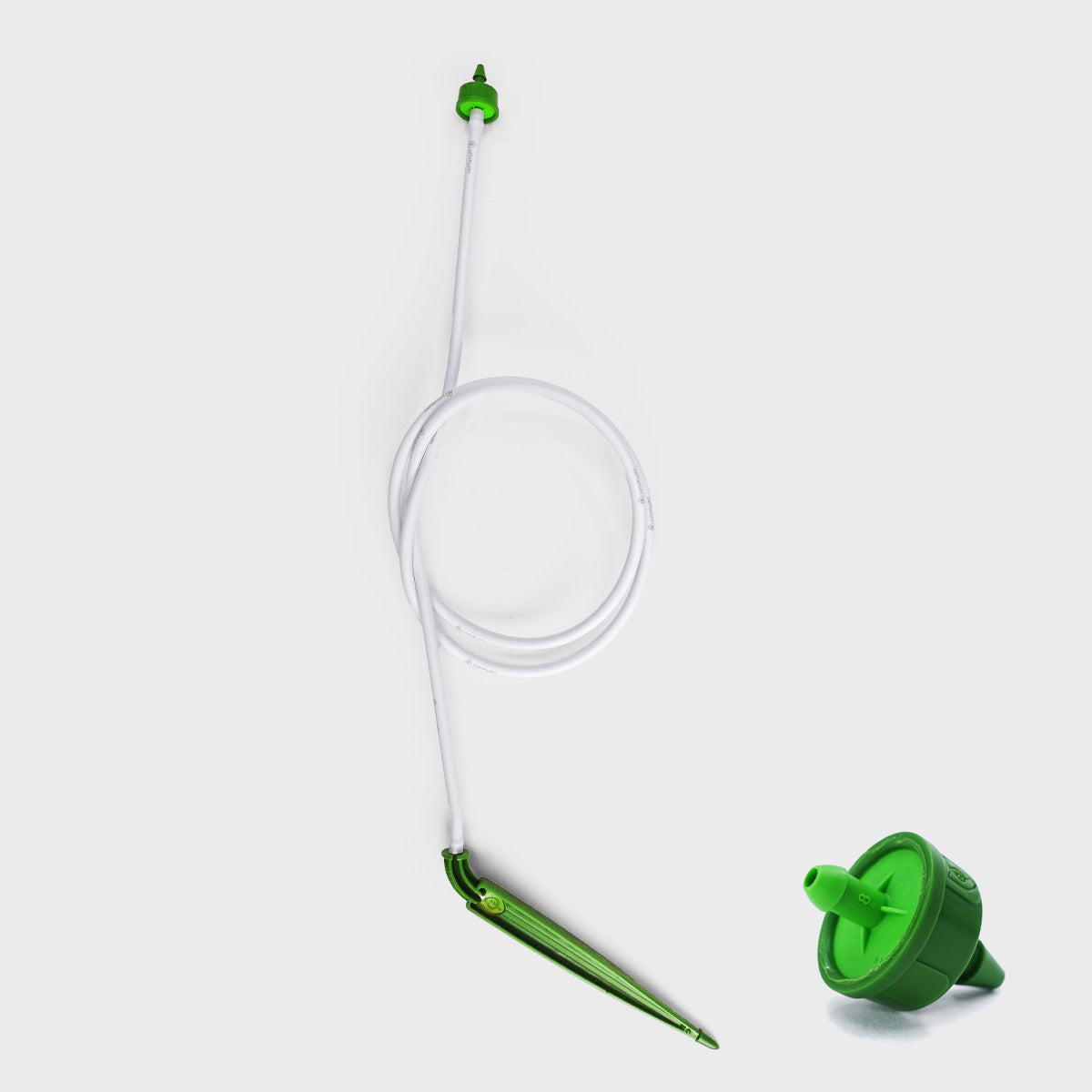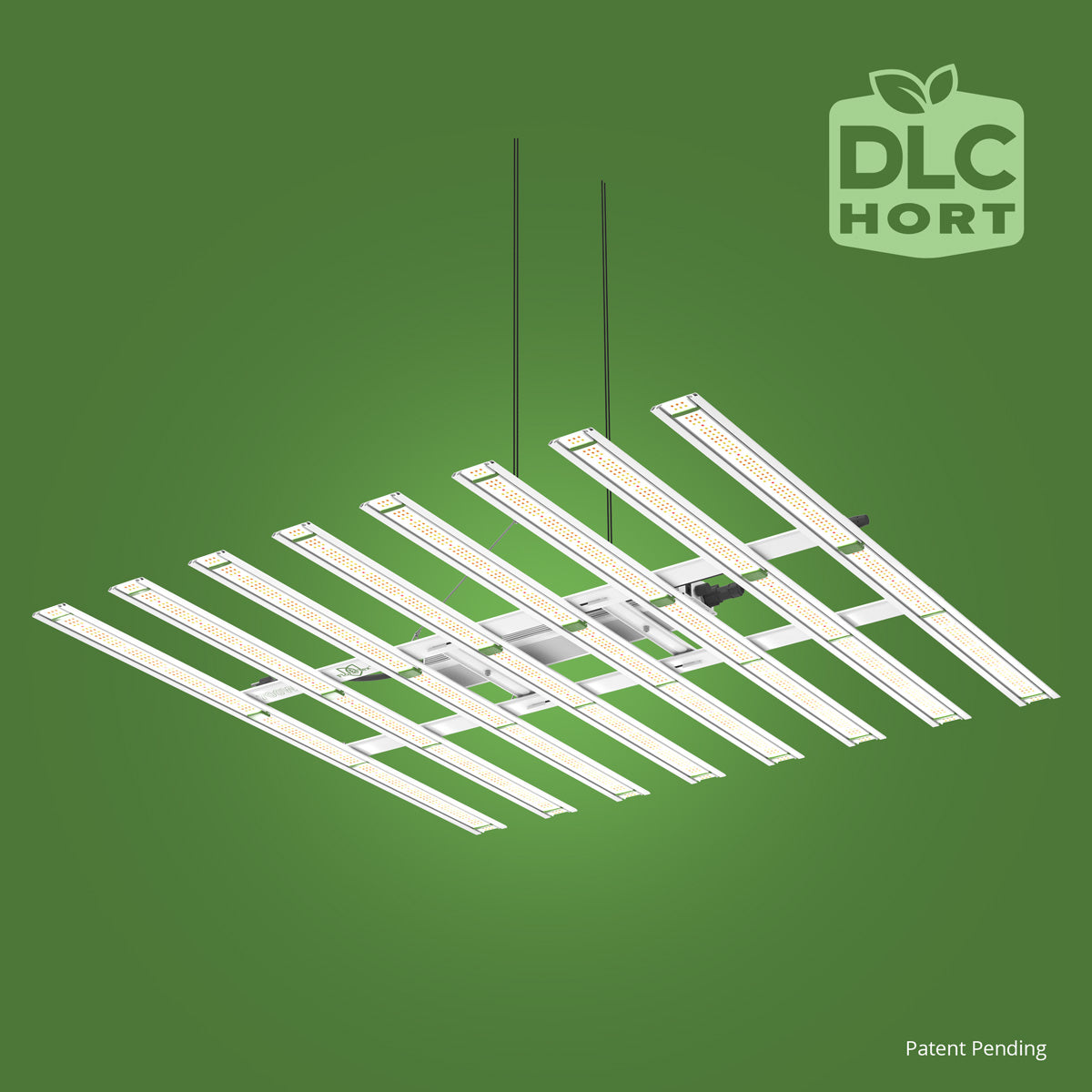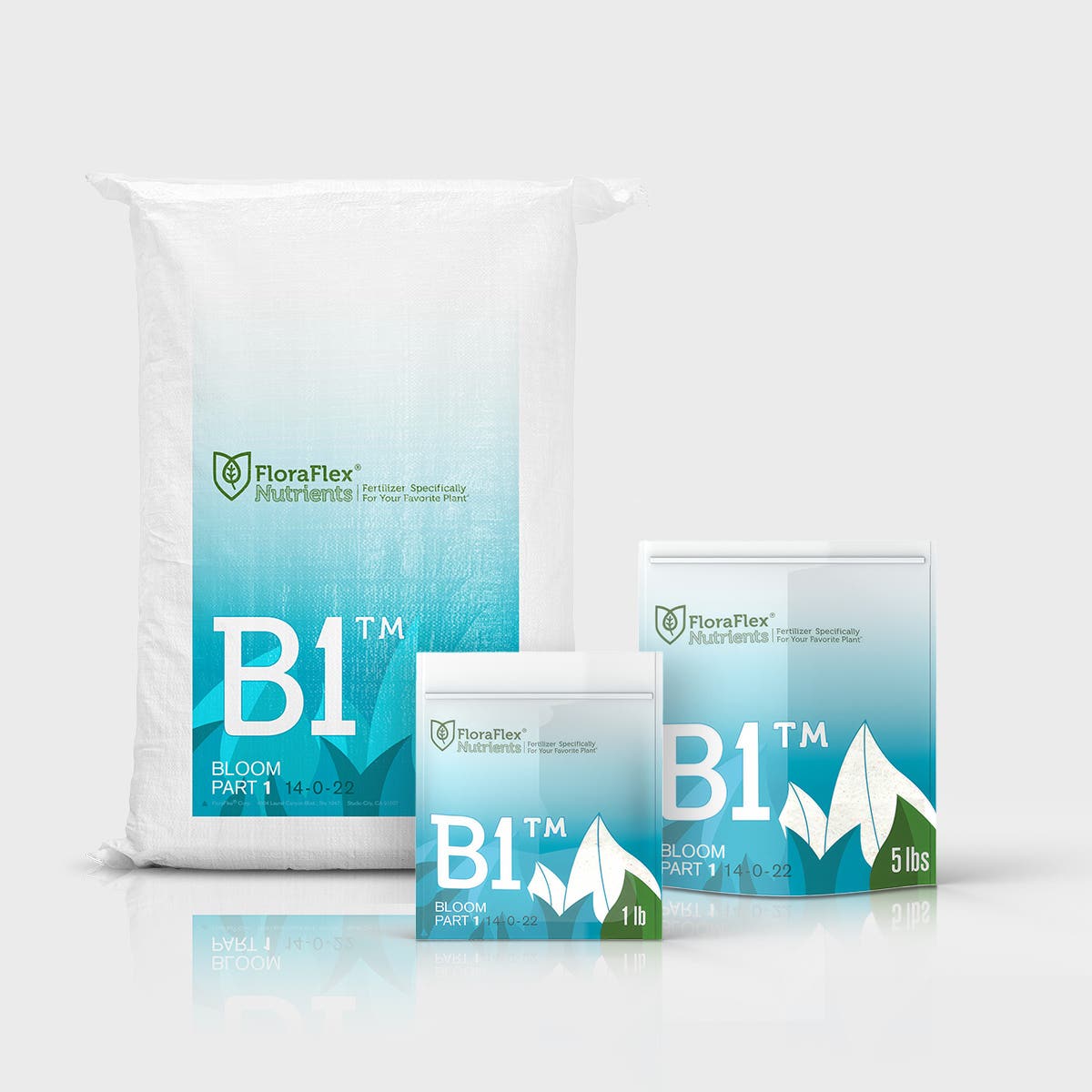Cultivating cannabis is both an art and a science, offering enthusiasts a fulfilling hobby and producing a highly rewarding crop. Whether you are keen to cultivate cannabis for personal use or looking to deepen your horticultural knowledge, understanding the core principles of growing cannabis is crucial. This guide will walk you through the foundational steps and tips to master cannabis cultivation, from seed selection to harvest.
Understanding the Cannabis Plant
Cannabis is a versatile plant known for its wide-ranging applications and varieties. The first step in cultivating cannabis is understanding the plant itself. Cannabis plants can be broadly classified into two categories: Indica and Sativa, and their hybrids. Indica strains are typically shorter, bushier, and quicker to flower, while Sativa strains are taller, less dense, and need more time to reach full maturity.
Selecting the Right Seeds
When starting your cultivation journey, one crucial decision is selecting the right seeds. The market offers a vast array of seeds, so consider your goals and growing conditions. Some factors include indoor vs. outdoor growing, climate, and the desired effects of the cannabis. Opt for seeds from reputable sources to ensure quality and consistency.
Setting Up the Grow Space
Indoor vs. Outdoor Cultivation
Each cultivation method has its own set of advantages and challenges.
- Indoor Growing offers complete control over environmental factors like temperature, humidity, light, and pests. It allows for year-round cultivation but requires a significant investment in equipment and energy costs.
- Outdoor Growing relies on natural environmental conditions. While this reduces control over growth parameters, it benefits from sunlight and natural ventilation, often resulting in higher yields.
Essential Equipment
Regardless of your chosen method, some equipment is indispensable:
- Lighting: LED and HID lights are popular choices for indoor spaces.
- Ventilation: Proper airflow prevents mold and promotes plant health.
- Media and Nutrients: Soil, hydroponics, and aeroponics are popular growing mediums. Choosing a nutrient line that provides balanced feeding is crucial for healthy growth.
- Containers and Plant Support: Using appropriate containers and plant supports aids in development. Products like the 6" FloraFlex Wool (Basalt Derived) are ideal for hydroponic systems and offer excellent drainage and structure.
The Growth Stages of Cannabis
Understanding the growth stages of cannabis helps in tailoring care and nutrients to plant needs:
- Germination: Seeds are placed in a suitable medium until they sprout.
- Seedling: The plant develops its first set of leaves.
- Vegetative: The plant focuses on foliage growth; this is when it needs most light and nutrients.
- Flowering: Triggered by changing light cycles (for photoperiod plants), this is when buds form. It’s crucial to maintain appropriate nutrient levels.
Nutrient Management
Proper nutrition is vital for healthy growth and optimum yields. Cannabis requires three primary nutrients: Nitrogen (N), Phosphorus (P), and Potassium (K).
Feeding Schedules
Create a feeding schedule based on the growth stage. During the vegetative stage, a nitrogen-rich fertilizer supports leaf development. Transition to a lower nitrogen and higher phosphorus and potassium formula during flowering for better bud formation.
Watering and Environmental Control
Maintaining proper hydration levels is key to preventing root rot or nutrient lockouts. Only water when the top inch of the soil or growing medium feels dry. Regular monitoring of temperature and humidity is equally important:
- Vegetative Stage: Warm temperatures and higher humidity (about 40-70%).
- Flowering Stage: Slightly cooler temperatures and reduced humidity (below 50%).
Pest and Disease Management
Pests like spider mites and diseases such as mold pose risks to plants. Implementing preventive measures like keeping a clean grow space and regular plant inspections helps mitigate these risks. If issues arise, consider organic treatment options to protect the environment and plant health.
Harvesting and Curing
Recognizing when plants are ready for harvest is essential for potency. Look for signs such as pistils turning amber and trichomes changing from clear to milky. After harvesting, proper drying and curing preserve cannabinoid profiles and improve flavor.
Conclusion
Mastering cannabis cultivation requires understanding the intricacies of plant biology, environmental control, and nutrient management. Whether you choose to grow indoors or outdoors, following these foundational steps will set you on a path to successful cannabis cultivation. Explore more products and enhancement tools for your cultivation needs at FloraFlex.
By investing time in learning and nurturing your plants, you'll enjoy the fruits of your labor and gain the satisfaction of a successful harvest.

